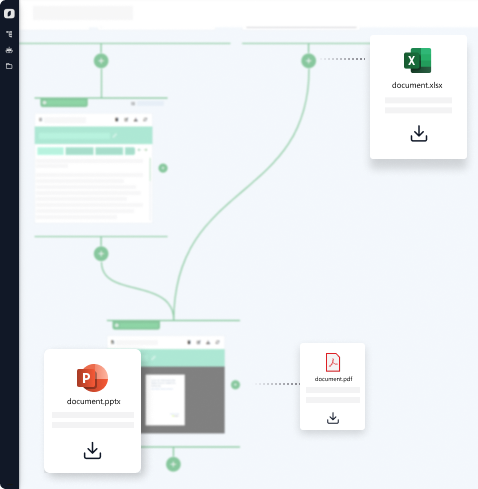Predictive Analytics: Using AI to Forecast Trends and Drive Strategic Decisions
Predictive analytics is a powerful tool that enables organizations to forecast trends, identify opportunities, and drive strategic decisions. By leveraging artificial intelligence (AI) and machine learning algorithms, predictive analytics can analyze vast amounts of data, identify patterns, and predict future outcomes. This allows organizations to anticipate and respond to changing market conditions, customer needs, and other factors that impact their business.
How Predictive Analytics Works
Predictive analytics works by analyzing historical data and identifying patterns and trends. This data can come from a variety of sources, including customer interactions, market research, and operational metrics. The data is then fed into a predictive model, which uses AI and machine learning algorithms to analyze the data and forecast future outcomes. The predictive model can be fine-tuned and updated over time to ensure that it remains accurate and effective.
Applications of Predictive Analytics
Predictive analytics has a wide range of applications across various industries. In finance, for example, predictive analytics can be used to forecast stock prices, identify credit risk, and optimize investment portfolios. In healthcare, Análisis predictivo can be used to identify patients at risk of disease, optimize treatment plans, and improve patient outcomes. In retail, predictive analytics can be used to forecast demand, optimize inventory levels, and personalize customer experiences.

Benefits of Predictive Analytics
The benefits of predictive analytics are numerous. By forecasting trends and identifying opportunities, organizations can make informed strategic decisions that drive growth and revenue. Predictive analytics can also help organizations to identify and mitigate risks, improve operational efficiency, and enhance customer experiences. Additionally, predictive analytics can provide organizations with a competitive advantage by enabling them to anticipate and respond to changing market conditions more quickly than their competitors.
Challenges and Limitations
While predictive analytics offers many benefits, it also presents some challenges and limitations. One of the main challenges is ensuring that the data used to build the predictive model is accurate and reliable. Another challenge is interpreting the results of the predictive model and making informed strategic decisions. Additionally, predictive analytics requires significant expertise and resources, which can be a barrier for some organizations.
Best Practices for Implementing Predictive Analytics
To get the most out of predictive analytics, organizations should follow best practices for implementing this technology. This includes identifying clear business objectives, selecting the right data and predictive model, and ensuring that the results are interpretable and actionable. Additionally, organizations should continuously monitor and update their predictive models to ensure that they remain accurate and effective over time.
Conclusion
In conclusion, predictive analytics is a powerful tool that enables organizations to forecast trends, identify opportunities, and drive strategic decisions. By leveraging AI and machine learning algorithms, predictive analytics can analyze vast amounts of data, identify patterns, and predict future outcomes. While there are challenges and limitations to implementing predictive analytics, the benefits far outweigh the costs. By following best practices and continuously monitoring and updating their predictive models, organizations can unlock the full potential of predictive analytics and drive growth, revenue, and success.